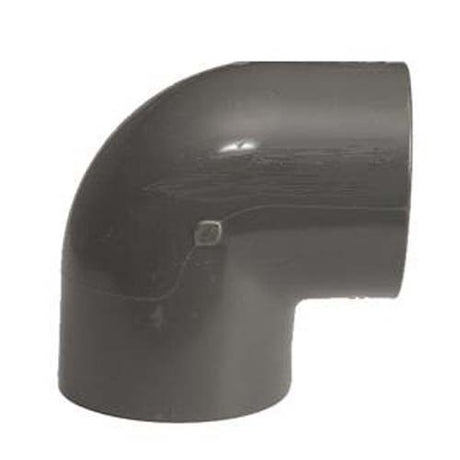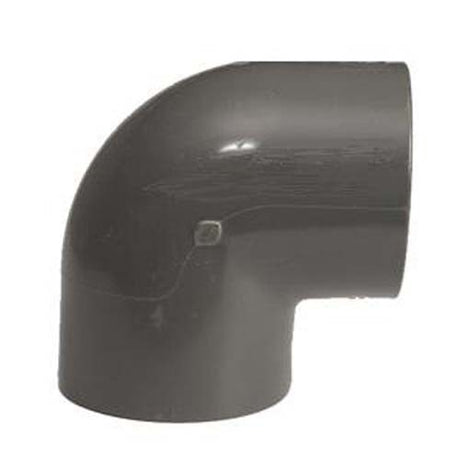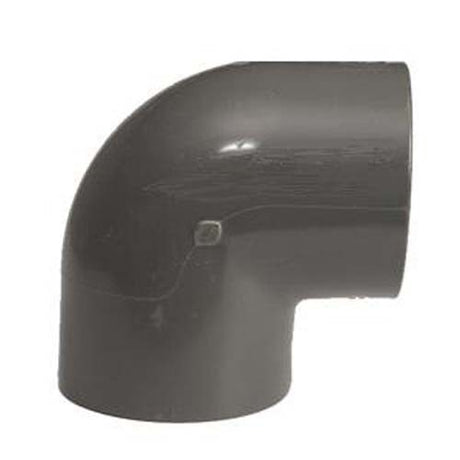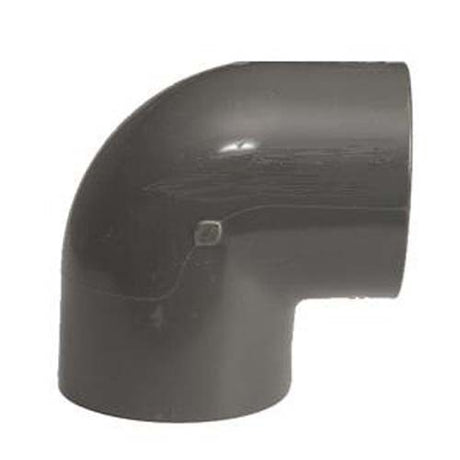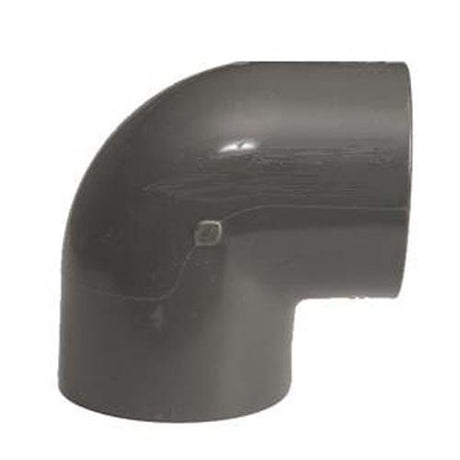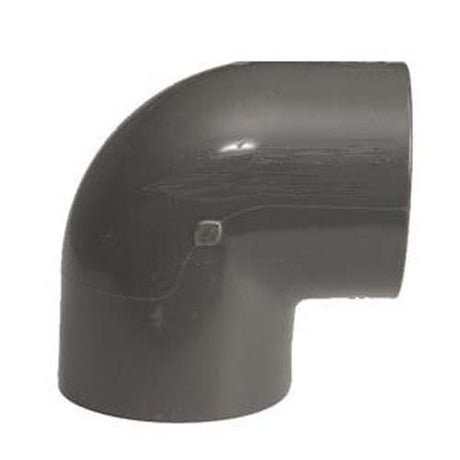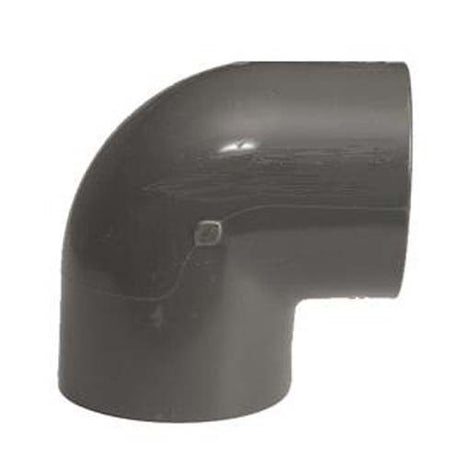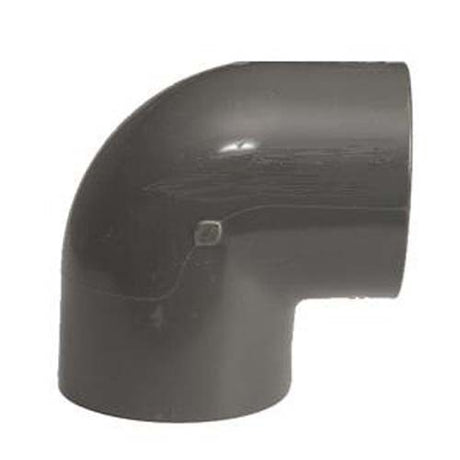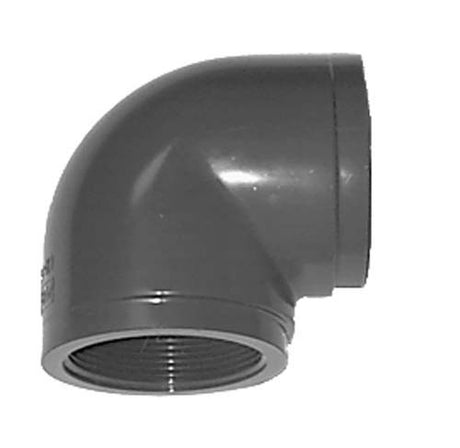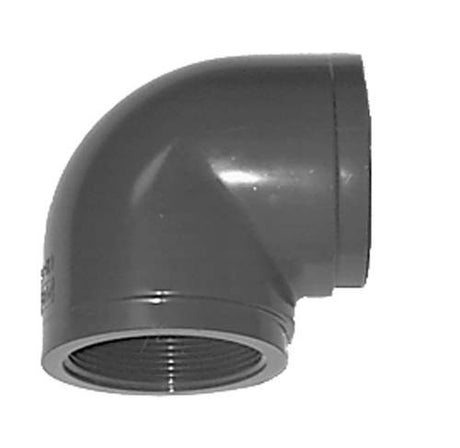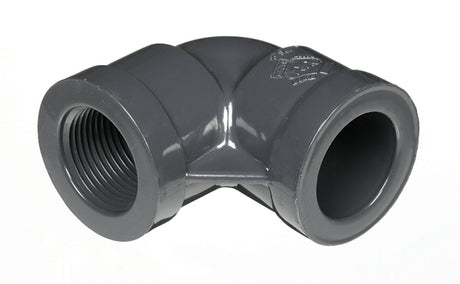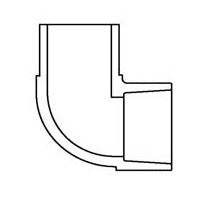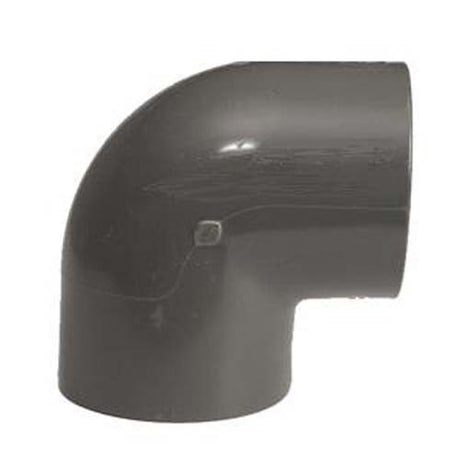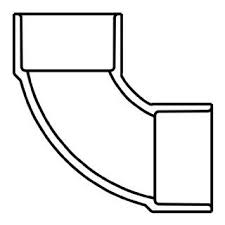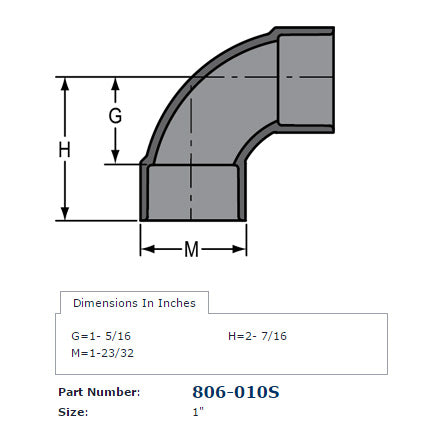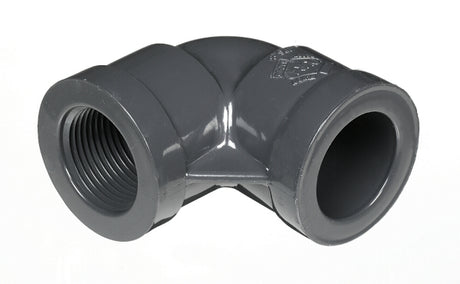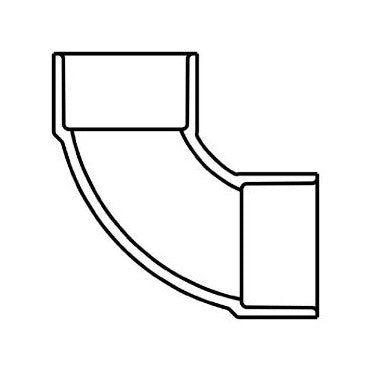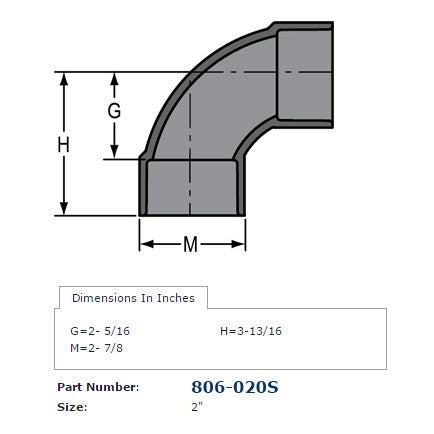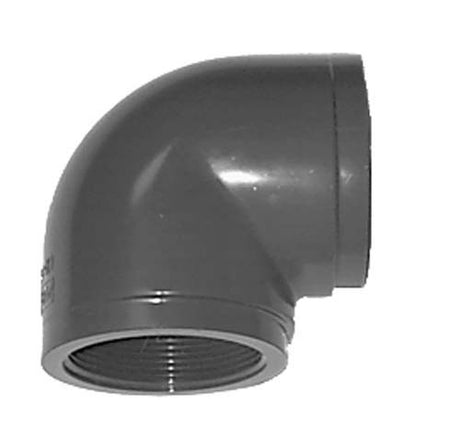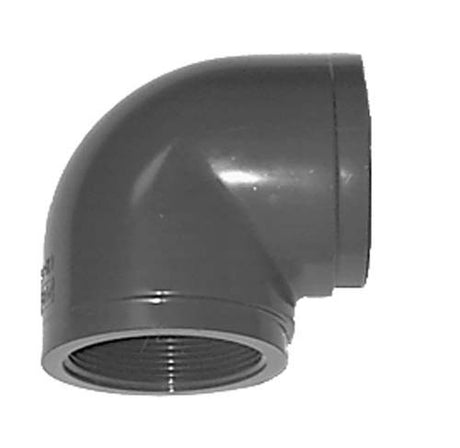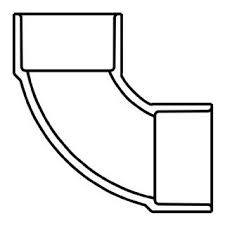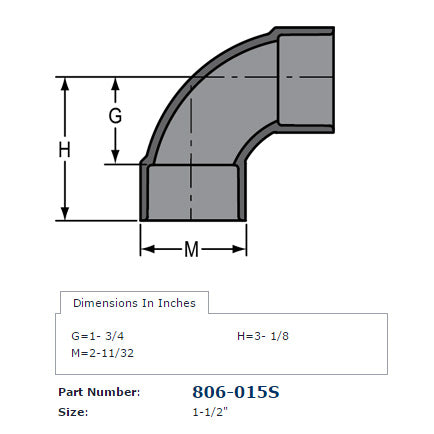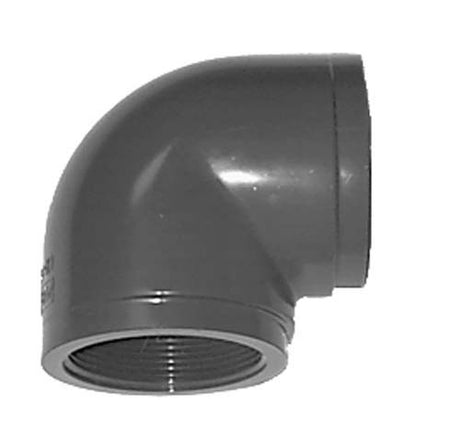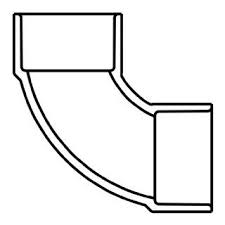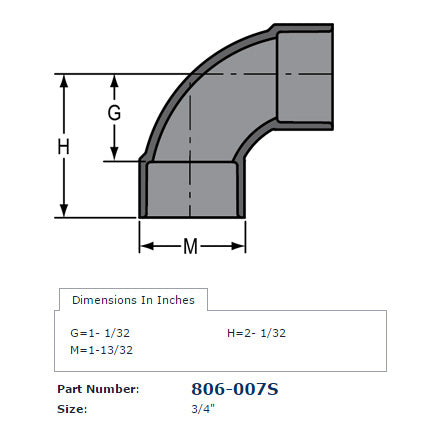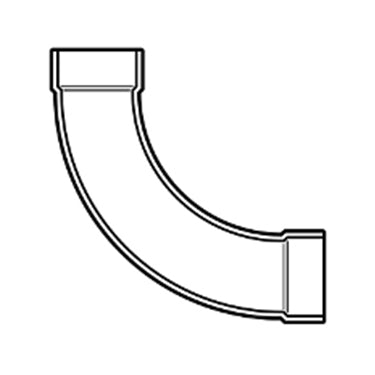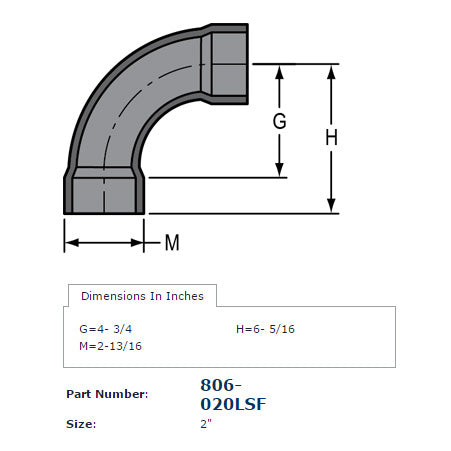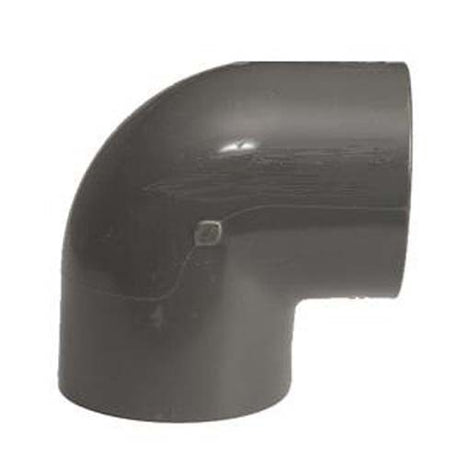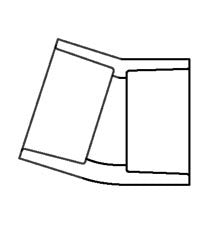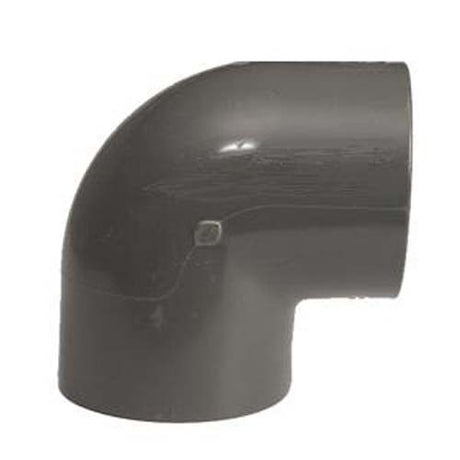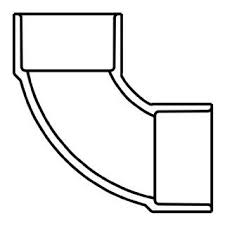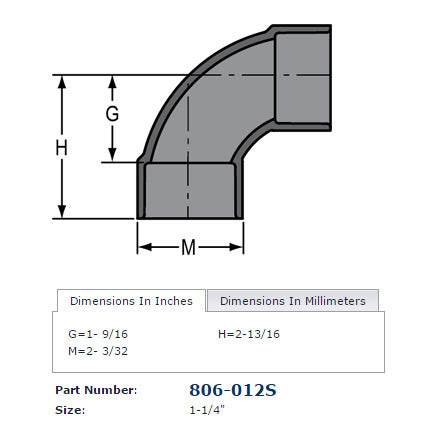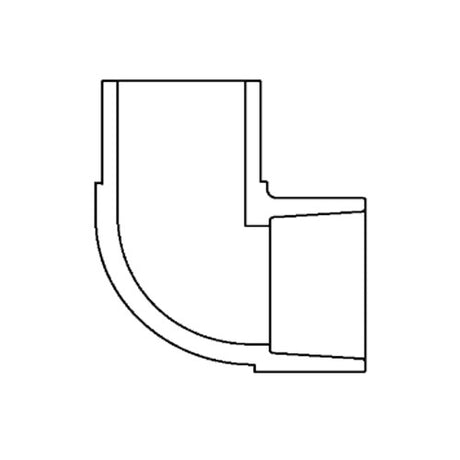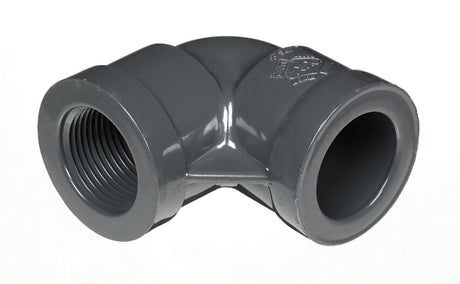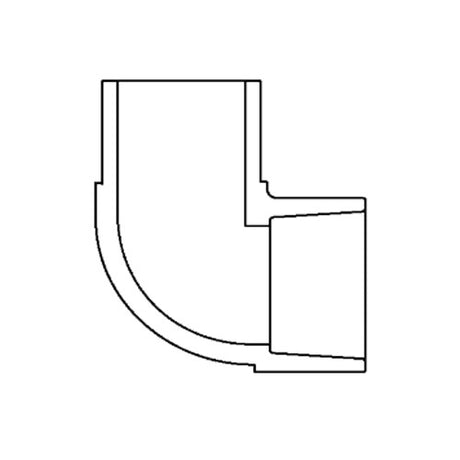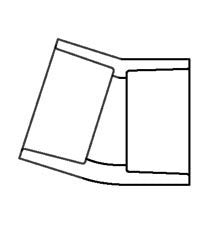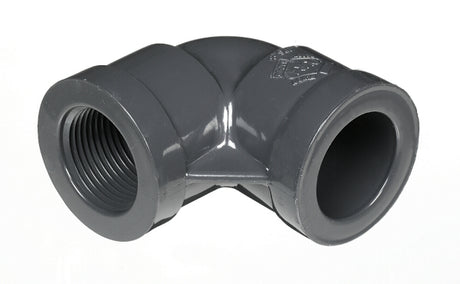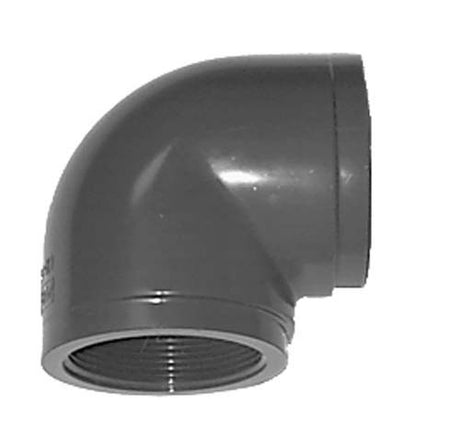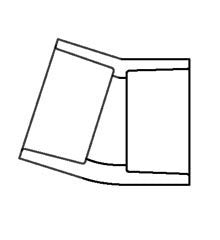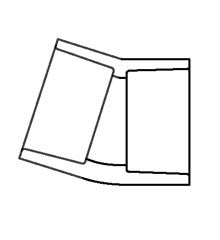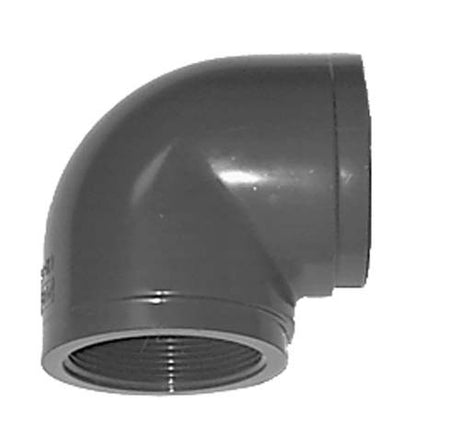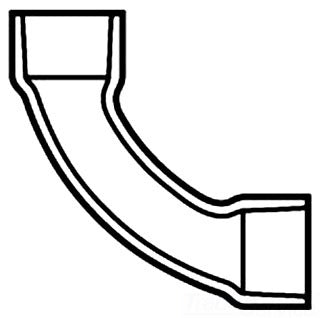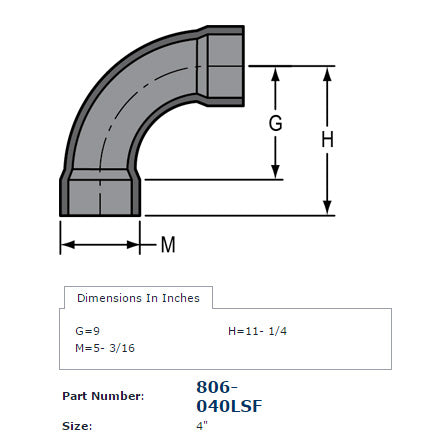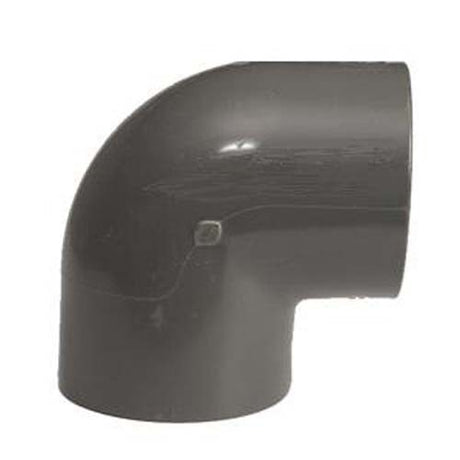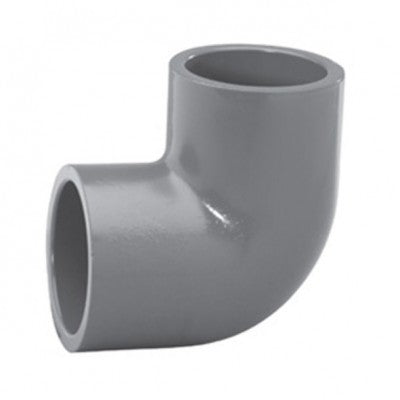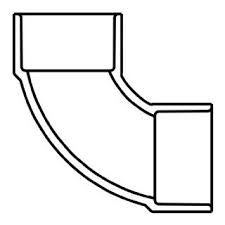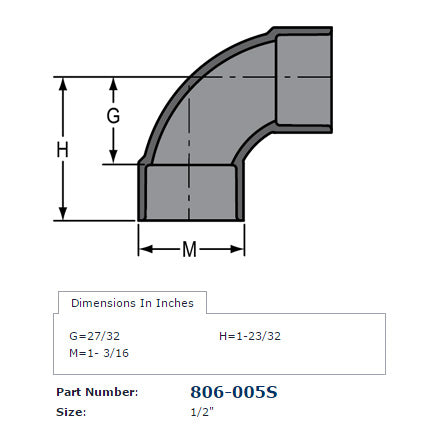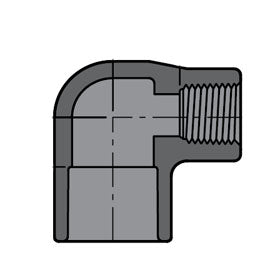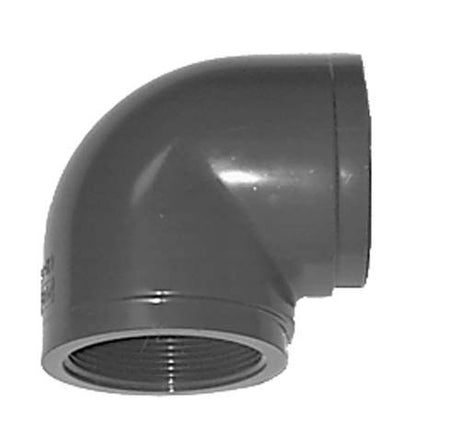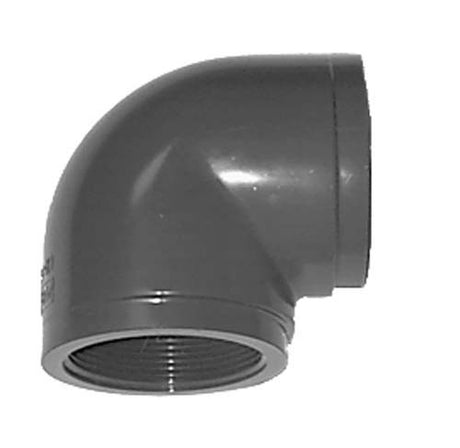-
1" Schedule 80 PVC Elbow - Socket (806-010)
$3.22Unit price /Unavailable -
2" Schedule 80 PVC Elbow - Socket (806-020)
$4.78Unit price /Unavailable -
3/4" Schedule 80 PVC Elbow - Socket (806-007)
$1.83Unit price /Unavailable -
1-1/2" Schedule 80 PVC Elbow - Socket (806-015)
$3.88Unit price /Unavailable -
1/2" Schedule 80 PVC Elbow - Socket (806-005)
$1.34Unit price /Unavailable -
3" Schedule 80 PVC Ell (S xS) 806-030
$12.79Unit price /Unavailable -
1-1/4" Schedule 80 PVC Elbow - Socket (806-012)
$3.68Unit price /Unavailable -
4" Schedule 80 PVC Ell (S xS) 806-040
$19.48Unit price /Unavailable -
1" Schedule 80 PVC Elbow (FPT x FPT) 808-010
$4.99Unit price /Unavailable -
3/4" Schedule 80 PVC Elbow (FPT x FPT) 808-007
$3.90Unit price /Unavailable -
1" Schedule 80 PVC Elbow (S x FPT) 807-010
$6.83Unit price /Unavailable -
1" Sch 80 PVC 90 Street Elbow - Spig x Soc 809-010
$3.73Unit price /Unavailable -
6" Schedule 80 PVC Ell (S xS) 806-060
$55.64Unit price /Unavailable -
1" Schedule 80 PVC Sweep 90 Elbow 806-010S
$8.10Unit price /Unavailable -
3/4" Schedule 80 PVC Elbow (S x FPT) 807-007
$6.33Unit price /Unavailable -
2" Schedule 80 PVC S x S Sweep Elbow 806-020S
$14.61Unit price /Unavailable -
1/2" Schedule 80 PVC Elbow (FPT x FPT) 808-005
$3.34Unit price /Unavailable -
1-1/2" Schedule 80 PVC Elbow (FPT x FPT) 808-015
$7.57Unit price /Unavailable -
1-1/2" Schedule 80 PVC Sweep 90 Elbow 806-015S
$11.56Unit price /Unavailable -
2" Schedule 80 PVC Elbow (FPT x FPT) 808-020
$8.52Unit price /Unavailable -
2" Sch 80 PVC 90 Street Elbow - Spig x Soc 809-020
$6.63Unit price /Unavailable -
2-1/2" Schedule 80 PVC Ell (S xS) 806-025
$11.43Unit price /Unavailable -
1-1/2" Schedule 80 PVC Spg x S Elbow 809-015
$5.38Unit price /Unavailable -
2" Schedule 80 PVC Elbow (S x FPT) 807-020
$12.17Unit price /Unavailable -
1-1/4" Schedule 80 PVC Elbow (FPT x FPT) 808-012
$5.41Unit price /Unavailable -
1-1/2" Schedule 80 PVC Elbow (S x FPT) 807-015
$9.41Unit price /Unavailable -
1/2" Schedule 80 PVC Elbow (S x FPT) 807-005
$5.38Unit price /Unavailable -
1/4" Schedule 80 PVC Elbow (FPT x FPT) 808-002
$3.47Unit price /Unavailable -
3/4" Schedule 80 PVC Sweep 90 Elbow 806-007S
$5.04Unit price /Unavailable -
2" Schedule 80 PVC S x S Long Sweep Elbow 806-020LSF (Fabricated Fitting)
$79.24Unit price /Unavailable -
8" Schedule 80 PVC Ell (S xS) 806-080
$152.80Unit price /Unavailable -
2" Schedule 80 PVC 22-1/2 Elbow 816-020
$14.84Unit price /Unavailable -
1/4" Schedule 80 PVC Elbow - Socket (806-002)
$1.34Unit price /Unavailable -
1-1/4" Schedule 80 PVC Sweep 90 Elbow 806-012S
$10.76Unit price /Unavailable -
3" Schedule 80 PVC Spg x S Elbow 809-030
$18.23Unit price /Unavailable -
1-1/4" Schedule 80 PVC Elbow (S x FPT) 807-012
$7.89Unit price /Unavailable -
4" Schedule 80 PVC Spg x S Elbow 809-040
$27.66Unit price /Unavailable -
1" Schedule 80 PVC 22-1/2 Degree Elbow (S x S) 816-010
$7.53Unit price /Unavailable -
3" Schedule 80 PVC Elbow (S x FPT) 807-030
$31.65Unit price /Unavailable -
3" Schedule 80 PVC Elbow (FPT x FPT) 808-030
$53.71Unit price /Unavailable -
3/4" Schedule 80 PVC 22-1/2 Degree Elbow (S x S) 816-007
$5.01Unit price /Unavailable -
3" Schedule 80 PVC 22-1/2 Elbow 816-030
$36.30Unit price /Unavailable -
3/8" Schedule 80 PVC Elbow (FPT x FPT) 808-003
$3.47Unit price /Unavailable -
4" Fab Long Sweep - Schedule 80 PVC - 806-040LSF (Fabricated Fitting)
$162.66Unit price /Unavailable -
3/8" Schedule 80 PVC Elbow - Socket (806-003)
$1.34Unit price /Unavailable -
5" Schedule 80 PVC 90 Degree Elbow 806-050
$59.32Unit price /Unavailable -
1/2" Schedule 80 PVC Sweep 90 Elbow 806-005S
$4.75Unit price /Unavailable -
1 x 3/4" Schedule 80 PVC Elbow (S x FPT) 807-131
$5.41Unit price /Unavailable -
4" Schedule 80 PVC Elbow (FPT x FPT) 808-040
$94.56Unit price /Unavailable -
2-1/2" Schedule 80 PVC Elbow (FPT x FPT) 808-025
$33.31Unit price /Unavailable

